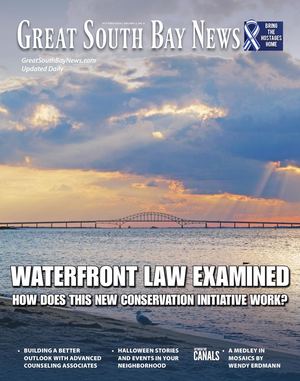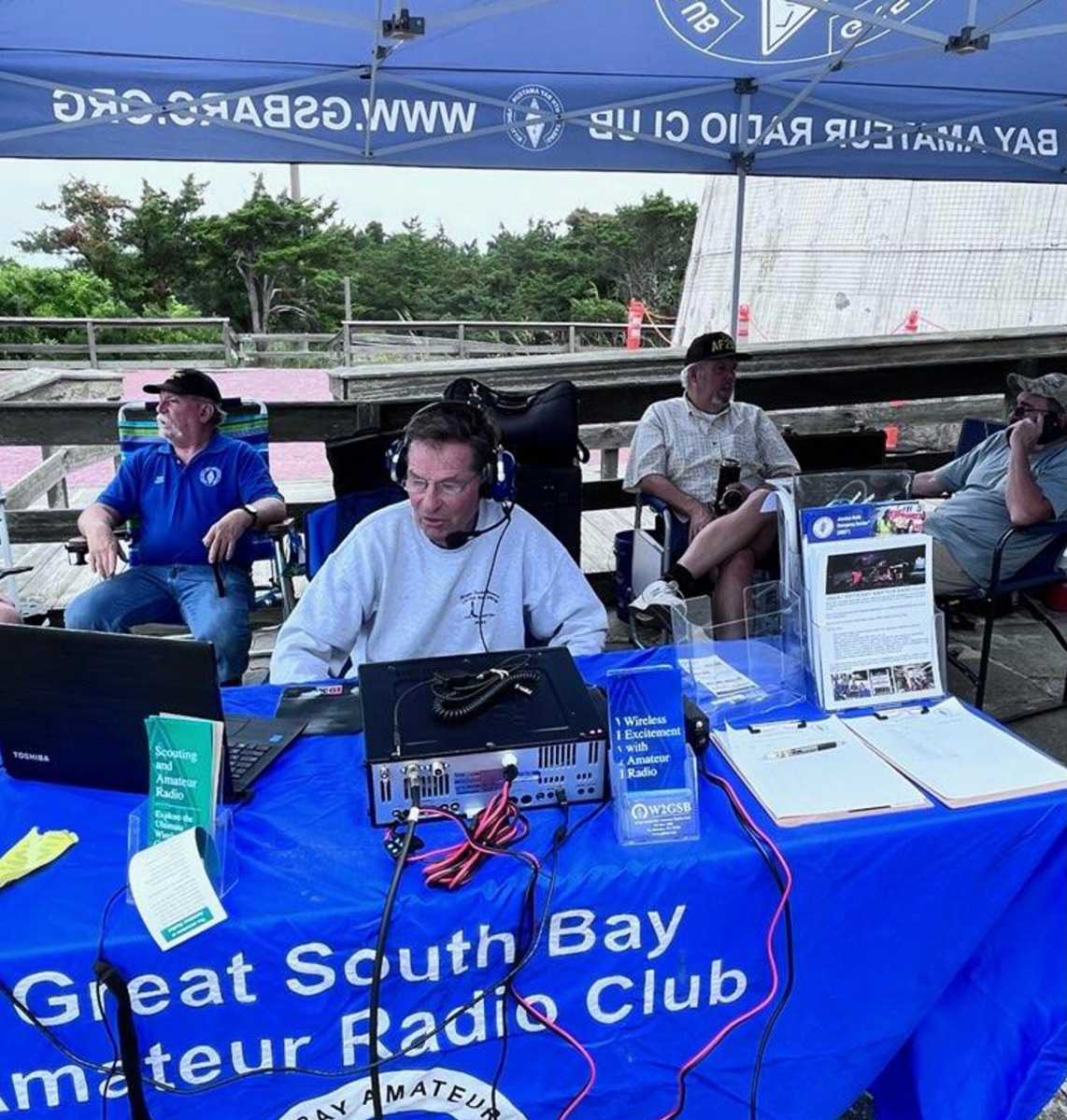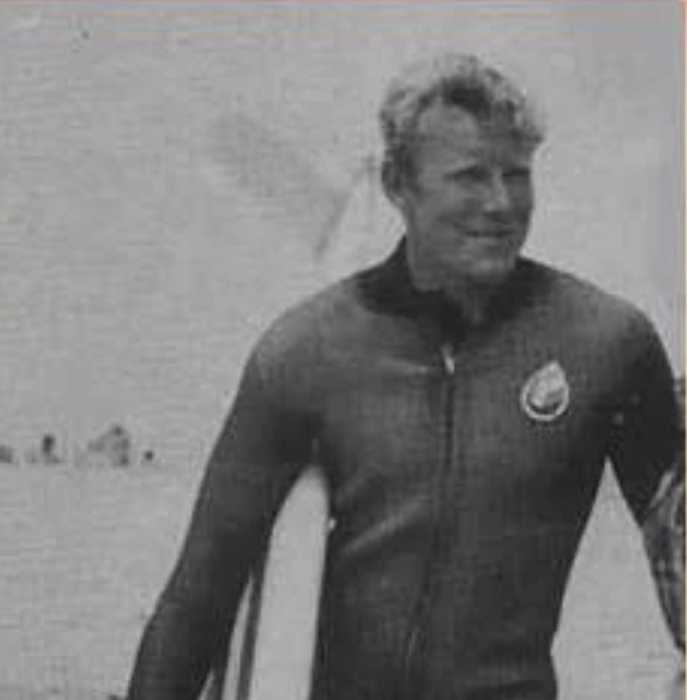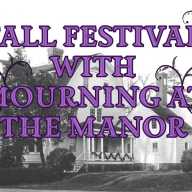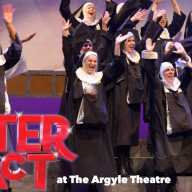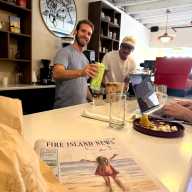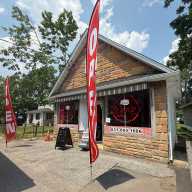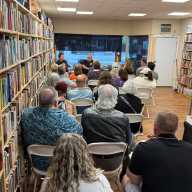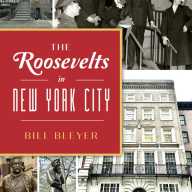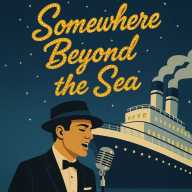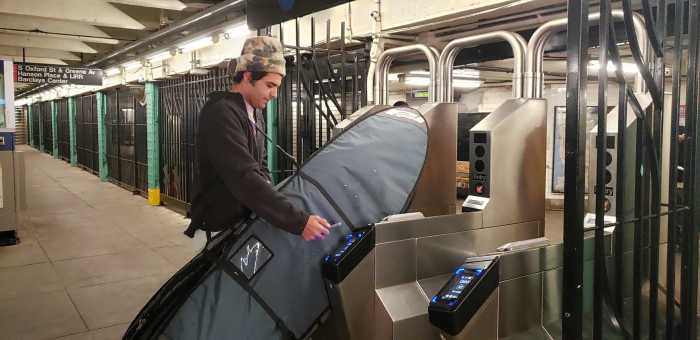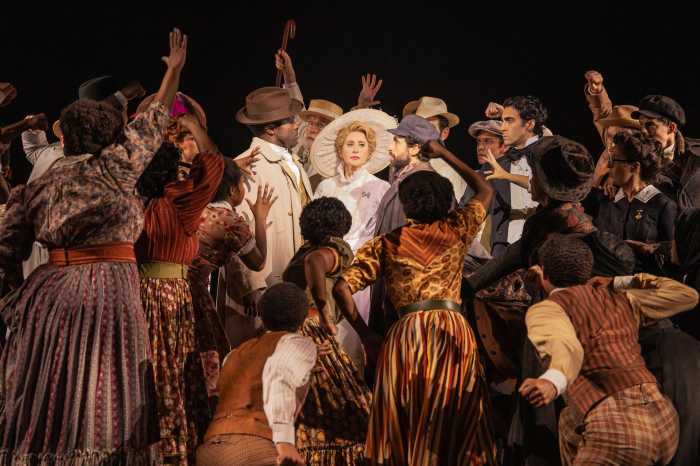International Lighthouse Weekend is held every August. On this annual weekend event, licensed radio amateurs (hams) worldwide go to a local lighthouse to celebrate their presence. This year, International Lighthouse Weekend was held on August 17 and 18; Great South Bay Amateur Radio Club members set up their equipment just like Guglielmo Marconi; who made the first transatlantic transmissions from Babylon 123 years ago. Today, club members bring high-tech equipment to the shoreline, where their horizons are limitless. The hobby includes digital communications through satellites or the International Space Station and specialized techniques invented by other humans for secure communications. It also includes bouncing signals off the ionosphere to faraway places, creating worldwide conversations that bring hams together in a huge chatroom of chance. This is accomplished through voice, Morse code, and computer control. Don’t call these guys and gals geeks: they are seriously involved in groundbreaking work advancing communications technology, coupled with a mission to provide public safety.
Since its inception, the Lighthouse has been at the center of various technologies created to save lives. The oldest item on the grounds is the piece of shipwreck sitting by the entrance of the lens building. This is a fragment of the “SS Savannah,” which wrecked off Fire Island in 1821. It is a masterful example of the best construction techniques of the time.
Next is the breeches buoy mast. This device was used to save the lives of shipwreck survivors by shooting a rope out to the stranded boat. Thousands of lives were saved by the device. Few people see it sitting in the sand dune across Burma Road from the Lighthouse. Take a look the next time you pass by.
The lens building also showcases the Fresnel lens, which was built for the Lighthouse in 1858 using cutting-edge technology. Its signature light was barely improved over the next 100 years.
Standing unseen near the Lighthouse are the remnants of a massive radio navigation station used in the mid-20th century. The building at the Burma Road gate still houses the very high-power (50,000-watt) transmitter to feed the antenna. It was once state-of-the-art equipment, but GPS made it irrelevant.
On the grounds of the Fire Island Coast Guard station stands a modern symbol of today’s technology, a tower topped with a group of sensitive antennas. It is a member of the USCG Rescue 21 program, designed to improve lifesaving rescues of ships at sea. It is capable of much, much more under the jurisdiction of the Department of Homeland Security.
On Saturday, August 17, the hams arrived early at the Lighthouse to set up the equipment. Several of them are also Lighthouse volunteers who know the facility well. Tents were erected, power cables were run, and antennas were put together and set up. This year, Hurricane Ernesto had just passed over Bermuda, churning up the seas in front of the Lighthouse. The hams had a great view of the waves crashing on shore from their perch on the raised stone deck of the keeper’s building. They even had surf sounds as background noise in their microphones.
That day, the hams contacted over 400 other amateur stations. One contact was with a lighthouse in Kenya, seven thousand miles away. The ionosphere is fickle, and no one can predict where the next contact will be. Most contacts were with stateside hams, who exchanged signal reports and details about their locations and station equipment. They wanted to chat about the spectacular location of W2GSB (the club’s call letters) or ask about the sound of ocean waves breaking in the background.
Visitors to the Lighthouse could listen to the conversations and be invited to say hello over the air. The children were full of questions and enthusiasm. The hams used voice communications for much of the day, but one transmitter used only Morse code, a sound that attracts amazement. A trained user can converse quickly with dots and dashes using a hand key: the original binary code. The hams also use a digital technique called FT8, using a computer to generate digital codes sent over the air.
On Sunday, the outdoor event was canceled as the hurricane came farther north and the weather deteriorated. All of the equipment was packed up Saturday night and returned to Babylon Town Hall, where the club has its home as part of the emergency services plan for the region. The day was successful, and the mission was completed. The Lighthouse grounds were swept clean, showing no sign of use, and ready for the next adventure.
